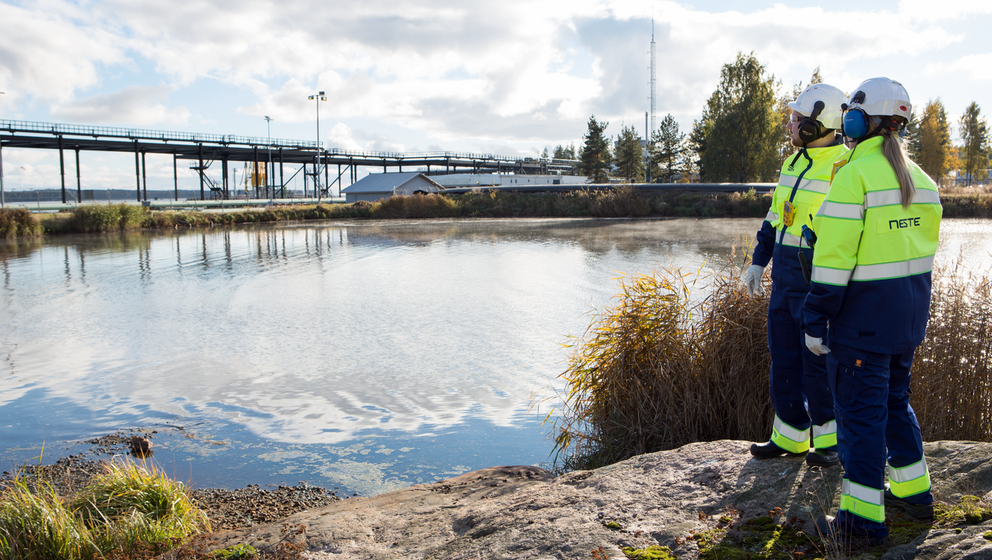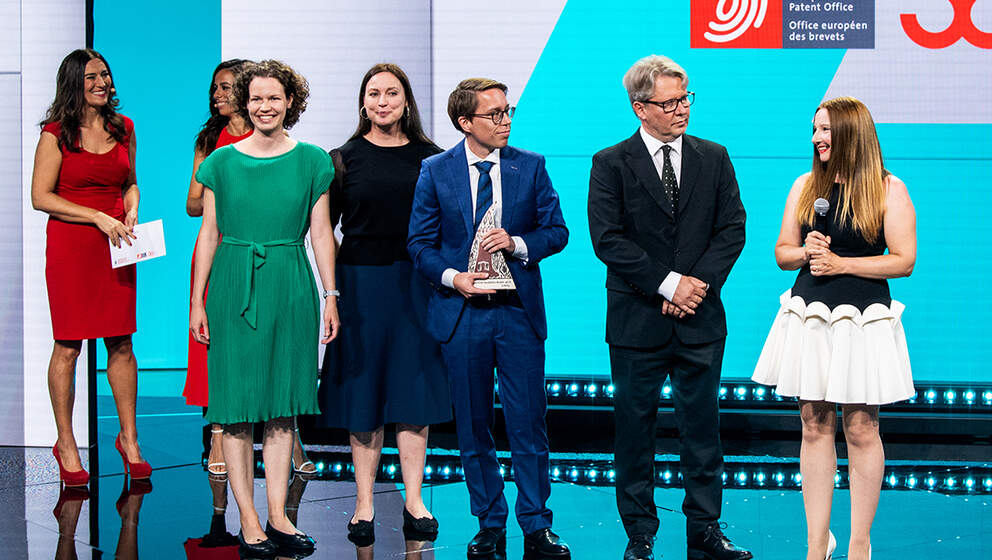Innovation and R&D are at the core of combating climate change

With the knowledge that the world’s dependence on fossil resources is likely to exacerbate in the coming decades, we need to look towards greater adoption and development of a wider range of solutions to combat climate change.
Despite the pandemic, global fossil resource consumption was the largest contributor to the highest ever annual concentration of CO2 in the atmosphere last year. Research and development efforts are critical to ensure we can meet the growing demand for more sustainable alternatives to reduce and replace fossil resource use.
Current efforts towards more sustainable alternatives
On the global stage - Kenya, the Netherlands, the United Arab Emirates, and the United Kingdom earlier this year launched the Sustainable Aviation Fuel (SAF) Ambassadors group, to work with and advise the World Economic Forum’s broader Clean Skies for Tomorrow (CST) Coalition to pave more tangible runways towards carbon-neutral flying.
In the Asia-Pacific region, Singapore with its Green Plan 2030, has been making progress in addressing the carbon-intensive transport and haulage industries. The government is planning to phase out gasoline and diesel vehicles from the roads by 2040. In aviation, Singapore is holding itself to the International Civil Aviation Organisation’s (ICAO) goals of carbon neutral growth from 2020, and an annual 2% fuel efficiency improvement every year until 2050, which they are hoping to achieve through exploring the use of Sustainable Aviation Fuel (SAF) at Changi Airport.

In addition to various government efforts around the world, we are also seeing the private sector pulling its weight towards more sustainable alternatives – brands like UPS and Google have been using renewable fuels in delivery trucks and shuttle buses, while TripActions and Reed & Mackay has just become the world’s first travel management company group to enable its corporate travel customers to buy SAF to reduce their climate impact as business travel is slowly resuming towards pre-pandemic levels. Even Formula 1 has publicly committed to net zero carbon by 2030, leveraging on their development towards 100% advanced sustainable drop-in fuels.
Intensive research and development (R&D) is also driving technology advancements towards improved sustainability with the innovation of electric vehicles (EVs) and renewable hydrogen. Taking into consideration the amount of sustainable solutions available in the market today and the expected increase in their demand in the future, it is evident that we should accelerate R&D in all possible ways as soon as we can.
Sustainable liquid fuels as the next frontier
More sustainable alternatives to fossil fuels, such as SAF for aviation, and renewable diesel for road transport are known to make an immediate and critical impact to emissions reduction targets.
The continuous availability and a wide pool of renewable raw materials plays a vital role in increasing the production of these sustainable fuels.
Currently, many of these renewable fuels are produced from oils and fats, such as vegetable oils, as well as waste and residues, including used cooking oil, animal fat waste, fish fat waste and vegetable oil processing waste and residues, just to name a few. Industry players like Neste are also exploring other types of raw material sources, for example, municipal solid waste, lignocellulosics, microalgae as mid- to long-term alternatives.

In the future, renewable hydrogen and power-to-X technologies are expected to detach renewable fuels production from biomass, unlocking the potential to make these sustainable liquid fuels available even on a larger scale. It is critical and urgent to invest in greater R&D efforts synergized among the public, private and academic sectors to accelerate the development of technologies to match the speed required to combat the climate crisis.
Laying the foundations through greater public-private-academic partnerships
Development of these solutions require years of dedicated R&D efforts and close cooperation between governments, industry players and academia.
In Singapore, the launch of Green Plan 2030 is a credible roadmap in the state’s transformation towards greater sustainability. The "Green Economy" pillar aims to promote home-grown innovation under the Research, Innovation & Enterprise 2025 Plan, and attract companies to anchor their R&D activities in Singapore and work with universities to develop new sustainability solutions. Meanwhile, the “Energy Reset” pillar sets clear and tangible targets to encourage cleaner energy models.
Funding support is also pivotal to innovation initiatives, such as Finland’s new initiative, the Funding for Leading Companies and Ecosystems, which is investing several hundred million euros to encourage and help global companies such as Nokia and Neste to partner with relevant organizations to lead the development of innovative solutions to address challenges, such as the climate change.
Companies also proactively partner with universities and research institutions to build the competencies and infrastructure needed for further innovation in sustainability.

These types of collaborations and close partnerships are exactly what we hope to achieve with the establishment of Neste’s APAC R&D center in Singapore - the first such center outside of Finland. Singapore’s access to regional and global talent pools, world class universities and research institutions, advanced infrastructure, increasing government commitment, and other initiatives make it a prime location for the public-private-academic collaborations we seek to spearhead in our R&D efforts.



